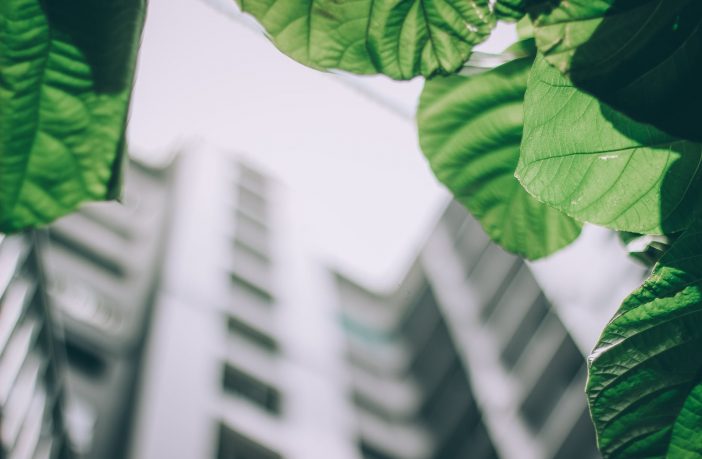- Released annually, the MSCI South Africa Green Annual Property index provides an independent, globally consistent view on the investment performance of green-certified and non-certified offices.
- At the end of 2020, the index sample comprised 289 prime and A grade office properties valued at R54.5 billion, of which 139 were green-certified buildings.
- These were compared to 150 non-certified offices of a similar quality.
- The report finds that Green certified offices outperformed in 2020, continuing long-term trend.
For the year ended December 2020, the green-certified office sample delivered a total return of -1.6%, 170bps above the non-certified sample’s return of -3.1%. Capital growth was the main driver of outperformance as the green-certified sample held its value better in a challenging operating environment for the office market.
Over the index’s five-year history, the sample of green-certified offices delivered an annualised outperformance of 260bps as its compound annual total return of 7.3% exceeded the 4.7% of non-certified P & A-grade offices.
On a cumulative basis, this equates to a total return of 42.1% as it outperformed the non-certified sample by 13.2%.
As the COVID-19 pandemic stressed property fundamentals, green-certified offices proved more defensive, both from an income and capital perspective as its superior capital growth was the result of a better net income growth and lower discount rate.
Amid the impact of COVID-19, the green-certified office sample saw a significantly smaller decline in net operating income when compared to non-certified offices. (-5.8% vs. -10.1%) and had a 40bp lower discount rate when compared to the non-certified sample, implying that its future cashflows were deemed lower risk.
Also telling was a lower vacancy rate of 12.7% versus the non-green sample of 14.9%, highlighting the value occupiers are attaching to green certified premises.
Released by MSCI in April 2021, the index results reinforced the association between quality and green-certified buildings, as reflected by a 31% higher capital value per square metre, more resilient capital growth and a higher net operating income per square meter compared to the non-certified office buildings.
“It is wonderful to see that after five years of tracking green-certified buildings, we can see real evidence showing that they provide higher returns to the investor because they have been more defensive through the economic downturn and the COVID crisis. Primary metrics like higher net income and lower vacancy point directly to desirability of these buildings by tenants. This has translated into better capital growth over the last five years.” says Eileen Andrew, Vice President, MSCI.
Author: Bryan Groenendaal
Source: MSCI











